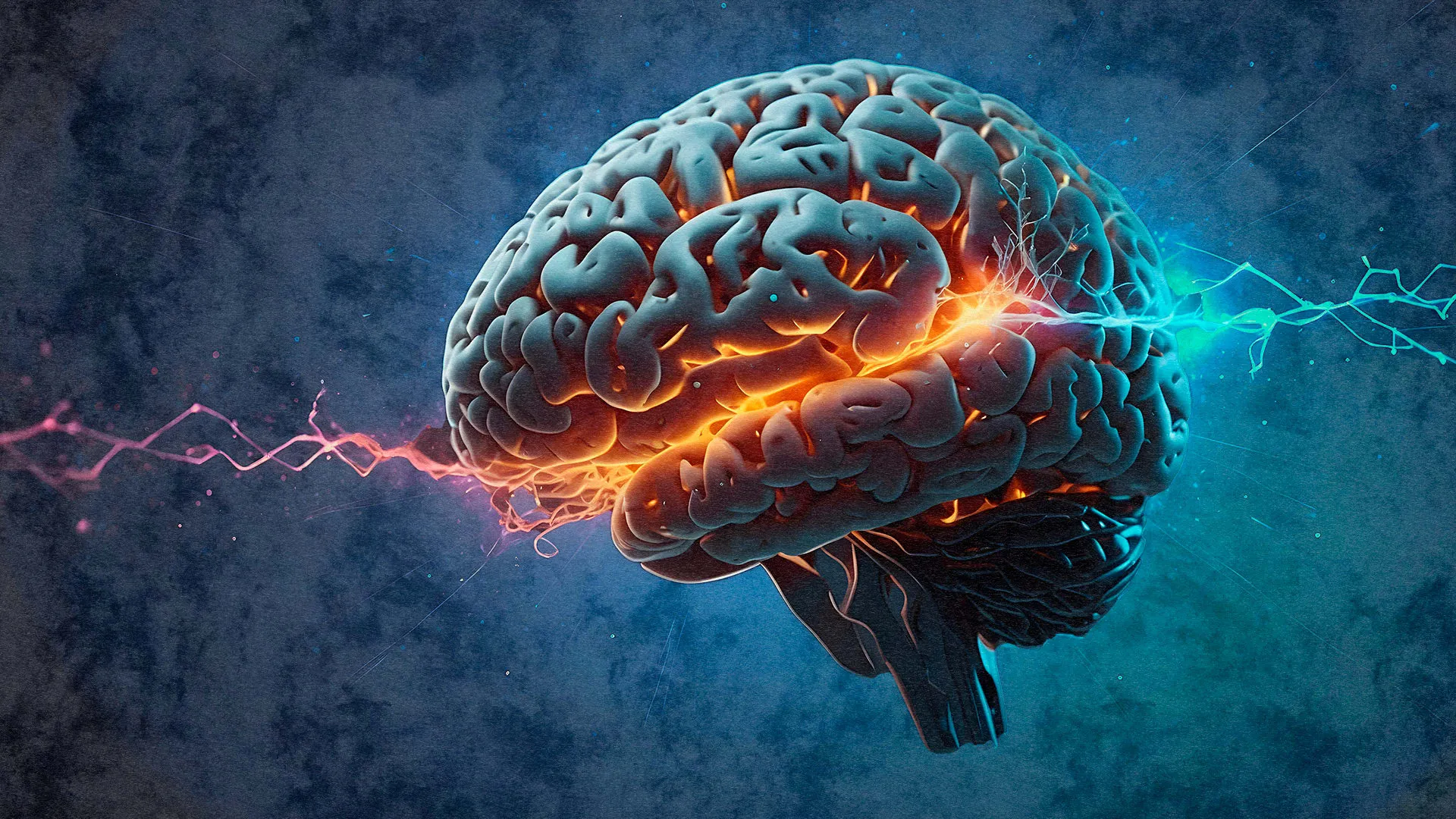Harnessing Artificial Intelligence in Brain-Computer Interfaces for ALS Communication

Harnessing Artificial Intelligence in Brain-Computer Interfaces for ALS Communication
Artificial intelligence is revolutionizing speech communication for patients with ALS (Amyotrophic Lateral Sclerosis), also known as Lou Gehrig's disease. Groundbreaking brain-computer interfaces (BCIs) are being developed to restore the ability to communicate through the interpretation of brain signals.
How Brain-Computer Interfaces Work
The core function of BCIs is to record brain signals and translate them into actions. These devices can capture neural signals from the speech motor cortex using electrode arrays surgically implanted in the brain, enabling individuals to communicate by attempting to speak.
Decoding Neural Signals into Speech
- Recording Brain Signals: Surgical implants gather high-quality neural data, essential for accurate speech translation.
- Mapping to Phonemes: Advanced machine learning techniques are employed to associate neural activity with phonetic sounds, allowing BCIs to interpret complex speech patterns.
- Machine Learning for Clarity: Integrating n-gram and large language models refines the translation from phonemes to coherent sentences, making communication smoother and more natural.
Real-World Implications
This combination of artificial intelligence and brain-computer interface technology holds great promise for many individuals suffering from communication disorders. By enabling Casey Harrell, a man with ALS, to speak with over 97% accuracy, this research demonstrates the profound impact that technology can have on improving quality of life.
While challenges remain in making this technology widely accessible, the continued development of speech BCIs signifies a major leap forward in assistive technologies.
This article was prepared using information from open sources in accordance with the principles of Ethical Policy. The editorial team is not responsible for absolute accuracy, as it relies on data from the sources referenced.